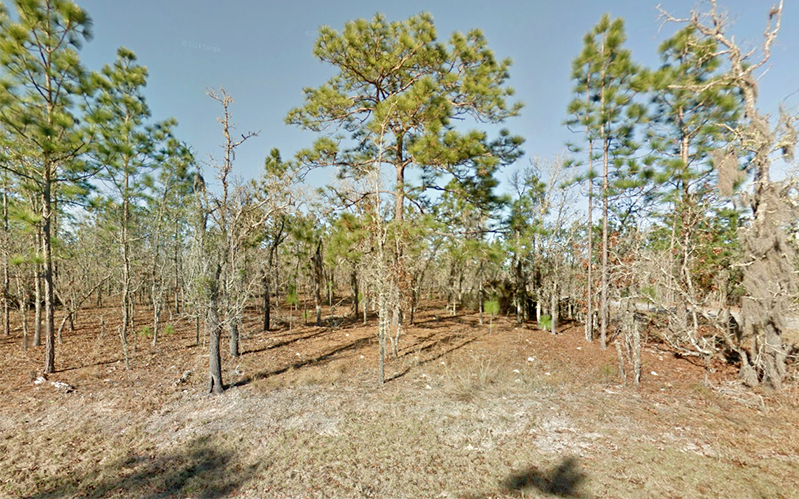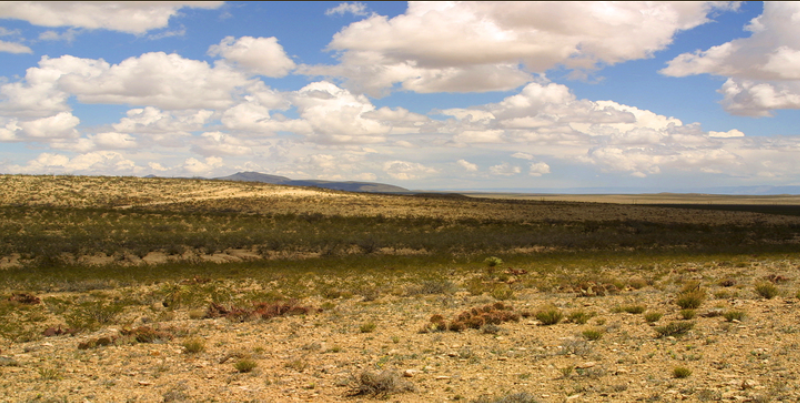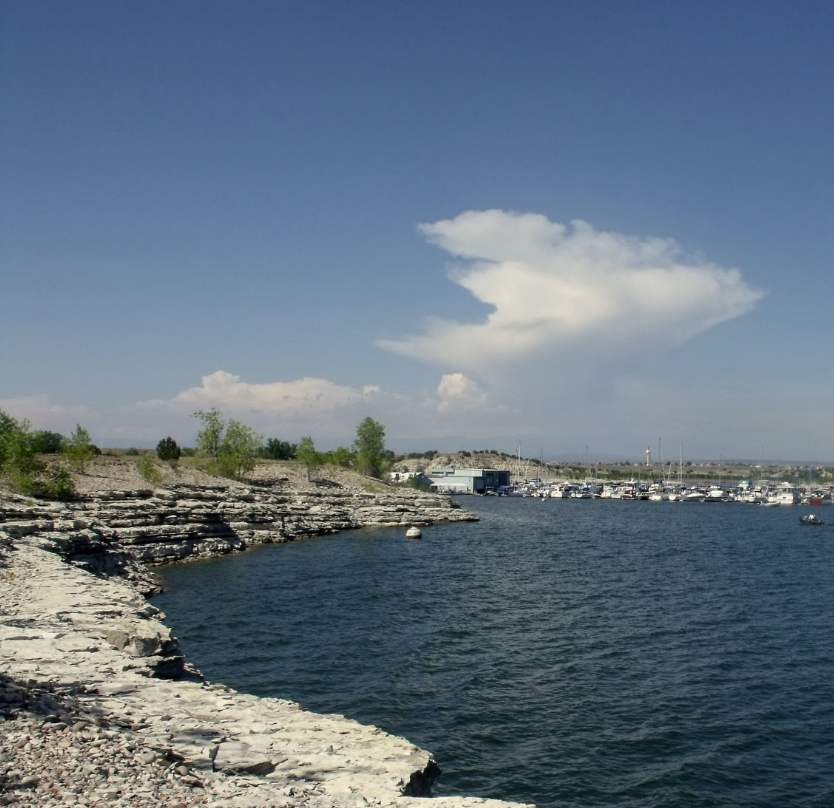In my last post, I discussed the importance of due diligence as it
relates to legal access, clean & marketable title, planning & zoning
regulations, & property topography. Today lets look at water rights,
easements, soil, vegetation and drainage.
If you are looking at investing in undeveloped land, you must
determine its suitability for a water supply system. I like to
start at the US Geological Survey Earth Science Information Center
Here you can spend hours looking at collected data of ground water,
water quality, surface water and other issues related to water.
For my purposes, I want to determine that I can drill a well at an
affordable price or otherwise have public access to water. I
recommend that you never buy land in an area of scarce water unless
you have your own water source of your own free from
interference by others. Of course, I know of some areas where a holding tank will suffice…
The next topic to discuss is easements. Before buying land I always
want a deeded easement for ingress and egress. That is, the legal
right to cross the private land between the county road and my
property. If you are shown a piece of land with no direct access
to a public road, the first thing you should do is determine if
there are deeded easements to it. If not, then you don’t have legal
access to the land and what good is that? In most cases, the Seller
already has a proper easement, but never take this for granted.
You also need to be aware of utility line easements, pipeline
easements, and easements in gross. A utility line easement is
important in undeveloped areas if you want to bring in power. Plus,
a future buyer might want the easement to specifically include
utilities.
A pipeline easement is the right to take water off your land to
transport water. If you are receiving water rights from another
parcel, you will need an easement for “laying and maintaining a
pipeline” from the water source to your property.
An easement in gross is one that does not serve a specific parcel
of land but is a generalized easement for crossing a parcel. If
you are hunting, an easement in gross may grant to others the ability
to hunt on the same property as well. If the easement is in gross,
the deed will normally state that.
Let’s discuss the final issues of land due diligence. Soil,
vegetation and drainage. First, let’s delve into topsoil and soil
texture.
Topsoil is the loose upper layer of the soil. It is usually richer
and darker than subsoil because it contains decayed vegetable matter
or hummus. Good land should have at least 10 to 14 inches of loose
topsoil. Ground that is rocky and hard lacks topsoil. If the earth
is soft enough to poke a stick into it easily, it has some topsoil.
Also, look at the vegetation. Land with too much vegetation is
better than land that is lacking any vegetation.
The texture of the soil is important for healthy plants, good
drainage and building construction. There are four basic soil
textures: gravel, sand, loam and clay. The best way to determine
the texture of the soil is to rub some in your hands and fingers. If
it feels loose and gritty it’s sand, clay is compact and heavy when
dry and sticky and doughy when wet. Clay is usually gray or yellow.
Loam will crumble in your hand and is black. Try to dig some holes.
If you dig for several feet and still find good loam and loose
earth that is not too sandy, you have fine soil. If the whole area
is rocky and hard, you will have problems down the road.
Drainage refers to the amount of water that can be absorbed by the
soil before it becomes saturated. At the saturation point, the
water collects on the surface or runs off into the nearest creek or
drainage ditch. Most plants will not grow where drainage is poor
because their roots cannot tolerate being in more water than they
can absorb. At this point, you want to do a percolation test. A
perc test determines how quickly and effectively water drains
through a porous substance. Click here to see how to properly
perfom a perc test–
Another great soil resource for soil tests is the U.S. Forest
Basically, with a little work some common sense and a healthy dose
of skepticism you should be able to complete your due diligence for
any parcel of land with a few days to a few weeks depending upon
the size of the property being acquired. As always, buyer beware.
If you need help call us and we can do some consulting for you as well.



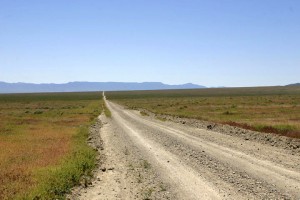
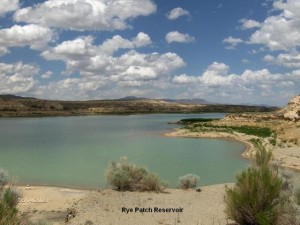
![doing-due-diligence[3]](https://www.frontierpropertiesusa.com/wp-content/uploads/2011/03/doing-due-diligence33.jpg)


